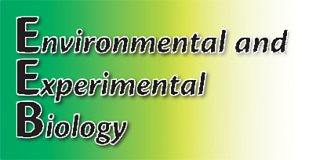
Hard copy: ISSN 1691–8088
On-line: ISSN 2255–9582
On-line: ISSN 2255–9582
Acta Univ Latv (2006) 710: 7–16

| Faculty of Biology, University of Latvia | ||||||

|
Hard copy: ISSN 1691–8088
On-line: ISSN 2255–9582 Acta Univ Latv (2006) 710: 7–16
|
|||||

|
About the Journal | Retractions | Open Access | Author Guidlines | Current Issue | Archive |
|
Environmental and Experimental Biology |
Acta Univ Latv (2006) 710: 7–16 |
CDKN2A at chromosome band 9p21 is the most important melanoma susceptibility gene identified to date. Germline mutations of CDKN2A have been detected in melanoma families worldwide but the overall proportion of families with identified mutations remains moderate. Here we applied a novel method, called multiplex ligation-dependent probe amplification (MLPA), for detection of germline deletions at 9p21 in four melanoma-prone families from Latvia with no previously detected CDKN2A point mutations. No germline deletions were identified, excluding 9p21 deletions as a causal event in the patients analysed. However, we describe the application of MLPA and show the advantages of the method in gene dosage analysis.